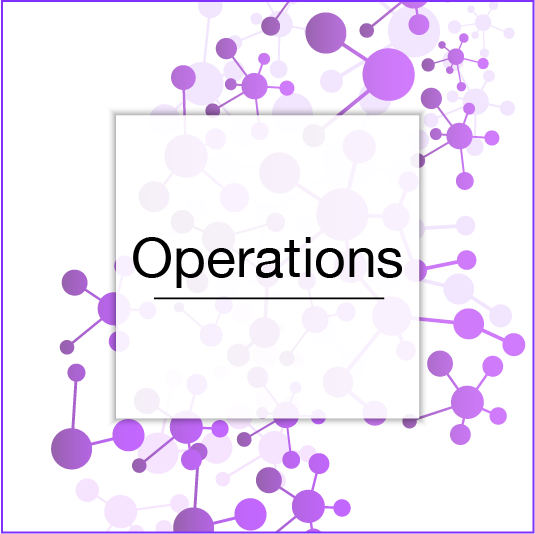
Bronchoscopy is an endoscopic method practiced usually under local anesthesia for diagnosis and treatment of numerous pulmonary diseases. Introduced in 1897 for the first time by Gustav Killian, the device was further developed into a flexible format by Ikeda in 1970’s. The new flexible bronchoscope was easily used on a patient under local anesthesia without causing much discomfort. Following Ikeda’s novelty, bronchoscopes have been further improved over the course of time and can now be advanced all the way to further localizations of the bronchial tree.
Bronchoscopy can be roughly described as visualization of the bronchial network from inside. It enables one to examine anatomic structure of the bronchial tree and diagnose many diseases, lung cancer in particular. The flexible bronchoscope that is widely used nowadays incorporates a very thin extension that invokes only minimal discomfort. A lens at the tip transmits view of the airways to a monitor outside. Biopsy samples can be collected from bronchial mucosa using a brush during the procedure. Sterile saline solution can also be injected and retrieved at the same time to analyze presence of bacteria or tumoral cells in the fluid. It has recently become possible as well to cauterize or apply laser on stenotic non-tumoral structures in airways. Latest bronchoscopy technologies are equipped with light sources of various wavelengths that are very useful in early diagnosis of tumors which would otherwise not be visible or noticeable to an ordinary bronchoscope.
Who should be examined with bronchoscopy?
Bronchoscopy aimed at diagnosis or treatment can be performed for the following cases upon the decision of a specialized physician, if;
Preparation of the Patient Prior to Bronchoscopy
Prior to the procedure, objective of bronchoscopy, risks of not performing it and how it is practiced is explained in detail to the patient. Patients who are going to undergo fiber-optic bronchoscopy under local or general anesthesia are recommended to fast for at least 6 hours beforehand. In this regard, fasting should start at 12:00 a.m., if the procedure is scheduled for the next morning.
Bronchoscopy performed under local anesthesia usually does not require operating room circumstances, and is performed as an office procedure. In this case the patient is brought to the bronchoscopy room and informed in detail once again, after which the procedure is carried out. Bronchoscopy performed under general anesthesia, on the other hand, should take place in an operating room or an advanced endoscopy unit. Making sure that an anesthesiology specialist is present throughout the operation is recommended for patient safety, regardless of the type of anesthesia to be administered.
How is fiber optic flexible bronchoscopy performed under local anesthesia?
The patient is brought to the bronchoscopy unit, where the throat and mouth are anesthetized using a spray. This step is necessary to suppress the gag and coughing reflex while eliminating the sensation of nausea that is expected to occur once the bronchoscope enters the mouth. Bronchoscopy is a painless process, which means anesthesia administered beforehand is not aimed at subsiding pain. After anesthetizing the mouth and throat, an intravenous injection is made. The bronchoscope is then advanced through the mouth or nose all the way to throat, vocal cords and primary airway (trachea), respectively. Anatomy and motions of vocal cords are examined at this time as well. Coughing may sometimes be experienced upon initial entry of the bronchoscope into the airways and during the procedure, but the patient does not otherwise feel any kind of pain or ache, as mentioned before. Fiber optic bronchoscope can visualize the trachea, left and right main bronchi, bronchi of the 2 lobes in left and 3 lobes in right, and even further areas. Biopsy samples may be collected from these zones or other extremities of lungs using special devices to be inserted through the scope. Lavage can be performed too. It is possible to cytopathologically and bacteriologically examine any obtained specimen. If deemed necessary, the procedure can be conducted under guidance of endobronchial ultrasonography or radioscopy to increase possibility of an accurate diagnosis. The procedure of flexible bronchoscopy takes 10-12 minutes on average, after which the patient may return home. Should numbness emerge in the mouth and throat after the procedure, patients are advised to avoid consuming food or drinks for 2 hours.